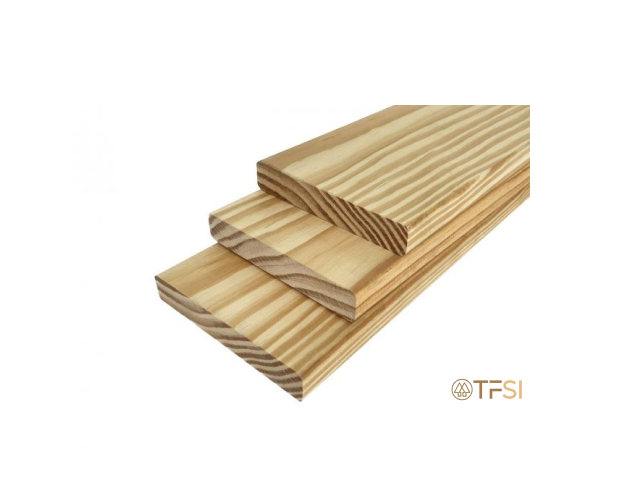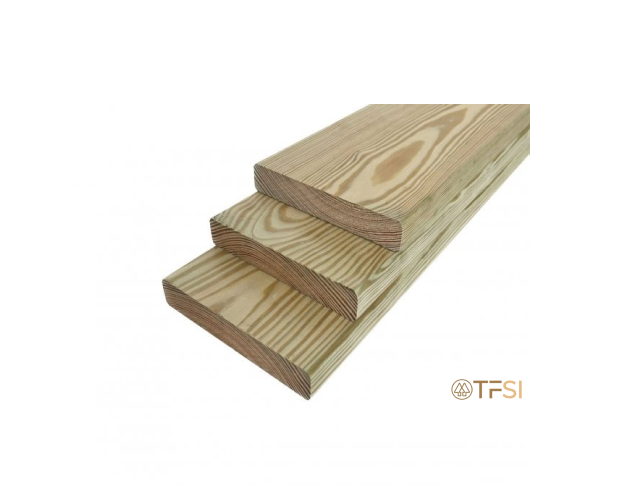
Grade:
C&BTR/ NO.1/ NO.2/ UT&BTR
Surface Processing :
Rough/ S4S
Area :
America
Species Introduction
Hemlock ranges in color from creamy white to light brown, making it a light-colored wood. Compared to other hemlock species, Western Hemlock boasts superior strength and hardness, with fine and straight grain, and excellent workability.
Western Hemlock is suitable for interior decoration that emphasizes stability andgrain direction, such as door and window manufacturing and panel processing.
Production Areas and Distribution
Western Hemlock is primarily found along the Pacific coast of North America, extending from Alaska through British Columbia in Canada, and down into the Pacific Northwest of the United States, including Washington, Oregon, and northern California. It also grows in the inland regions of the Pacific Northwest, such as the Rocky Mountains. The cool, moist climate of these regions provides ideal conditions for the growth of Western Hemlock, making it a significant species in these forest ecosystems.
Applications
Western Hemlock, after drying, has excellent stability, strength, appearance, and workability, making it a versatile material. It is an ideal choice for both construction and industrial applications. It can be used for wood frame structures, beams, and columns, as well as engineered wood components, and is widely used.
• Building StructuresWestern Hemlock's superior strength and stability make it an ideal choice for building structures. It is commonly used for making beams, columns, flooring, roof structures, and supporting frames. Its excellent structural support capability makes it suitable for constructing houses, office buildings, commercial buildings, and other wood structure projects.
• Interior Decoration
The fine grain and warm tones of Western Hemlock make it an ideal material for interior decoration. It is frequently used for indoor flooring, stairs, doors and windows, solid wood paneling, and interior furniture.








